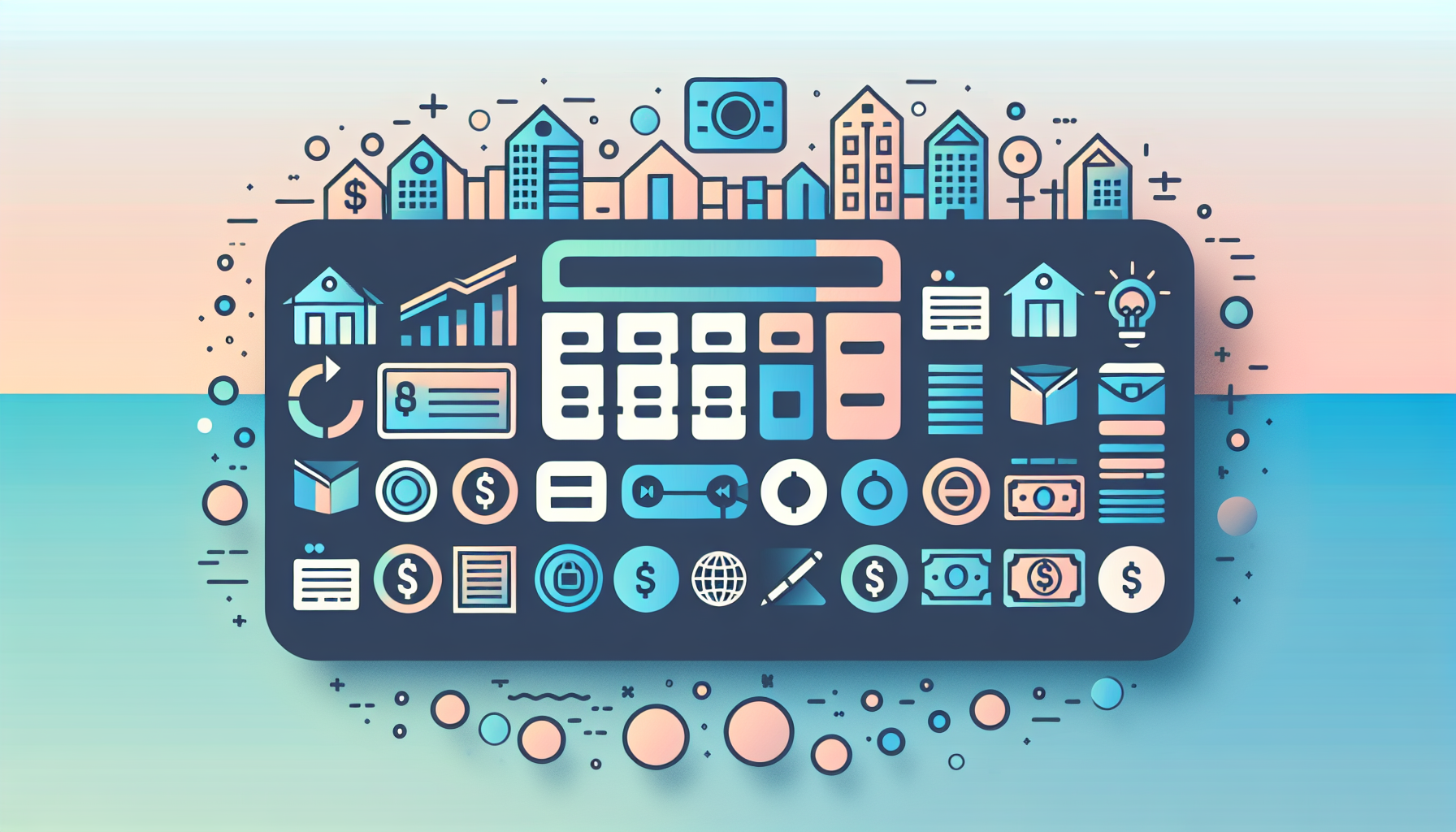How to Get the Best Mortgage Rate

Navigating the Complex World of Mortgage Rates
When it comes to securing a mortgage, one of the most critical factors to consider is the interest rate. A small difference in the mortgage rate can significantly impact your monthly payments and the total cost of the loan over its lifetime. Here’s a comprehensive guide on how to get the best mortgage rate, including the factors that influence these rates and strategies for rate shopping.
Understanding the Factors Affecting Mortgage Rates
Mortgage rates are influenced by a combination of economic, personal, and market factors.
Economic Factors
Economic growth, inflation, and the Federal Reserve's monetary policy are key drivers of mortgage rates. During periods of strong economic growth, interest rates tend to rise due to increased demand for credit. Inflation also plays a crucial role, as lenders must ensure that interest rates exceed the inflation rate to maintain the real value of their returns.
For instance, the yield on 10-year Treasury bonds has a significant impact on mortgage rates, as mortgage-backed securities compete with these government securities for investors' dollars. When Treasury yields rise, mortgage rates typically increase to remain competitive.
Personal Factors
Your personal financial profile is another critical determinant of your mortgage rate. Here are some key personal factors:
- Credit Score: Borrowers with higher credit scores typically receive lower interest rates, as they pose less risk to lenders.
- Loan Amount and Term: Larger loans or loans with longer repayment terms may come with higher rates, while shorter-term loans often have lower rates.
- Down Payment: A larger down payment can reduce your mortgage rate by lowering the lender's risk. For example, putting down at least 20% can help you avoid private mortgage insurance (PMI).
- Debt-to-Income Ratio: Lenders assess your debt-to-income (DTI) ratio to gauge your ability to manage monthly payments. A lower DTI can result in a better rate.
Rate Shopping: A Crucial Step in Securing the Best Mortgage Rate
Shopping for mortgage rates is essential to avoid settling for a higher rate than necessary. Here’s how you can effectively shop for mortgage rates:
Reach Out to Multiple Lenders
Start by contacting multiple lenders and requesting preliminary rate quotes. This can include traditional banks, credit unions, and online mortgage lenders. Comparing rates from different lenders can help you identify the best offer.
Use Online Resources
Websites like LendingTree and Bankrate allow you to compare current mortgage rates from various lenders. These platforms can help you find the best rates based on your financial situation.
Consider Different Loan Types
Different types of loans, such as fixed-rate or adjustable-rate mortgages, have varying interest rates. For example, a 30-year fixed-rate mortgage might have a different rate compared to a 15-year fixed-rate mortgage. Use tools like the WP Ultimate Loan & Mortgage Calculator to estimate how different loan types and rates will affect your monthly payments.
Negotiating Your Mortgage Rate
While shopping around is crucial, there are also strategies to negotiate your mortgage rate.
Paying Mortgage Points
You can reduce your mortgage rate by purchasing points, which are essentially prepaid interest. Each point typically lowers the interest rate by 0.25 percentage points and costs 1% of the total amount borrowed.
Temporary Mortgage Rate Buydown
A temporary mortgage rate buydown allows you to have a lower mortgage rate for a set period, after which the rate increases until it reaches the final fixed rate. This can be beneficial if you expect your income to increase in the future.
Making a Larger Down Payment
A larger down payment not only reduces the total loan amount but also lowers the lender's risk, which can result in a better interest rate. For instance, putting down 20% or more can help you avoid PMI and secure a lower rate.
Real-World Examples and Case Studies
To illustrate the impact of mortgage rates, let's consider an example:
- If you purchase a $350,000 home with a 30-year loan, a 6% interest rate would result in a monthly payment of $1,678.74. However, if the rate increases to 7%, your monthly payment would jump to $1,862.85. This difference of just 1% in the interest rate translates to an additional $184 per month and over $66,000 in total interest over the life of the loan.
Tools and Resources for Mortgage Rate Optimization
To make informed decisions, it's essential to use the right tools and resources.
Mortgage Calculators
Tools like the WP Ultimate Loan & Mortgage Calculator can help you estimate your monthly mortgage payments based on different interest rates and loan terms. This can be particularly useful when comparing offers from different lenders.
Financial Advisors and Mortgage Brokers
Consulting with financial advisors or mortgage brokers can provide valuable insights and help you navigate the complex landscape of mortgage rates. They can assist in identifying the best loan options based on your financial situation and goals.
Conclusion and Next Steps
Securing the best mortgage rate requires a combination of understanding the factors that influence rates, effectively shopping around, and negotiating with lenders. Here are some final tips:
- Stay Informed: Keep an eye on economic indicators and Federal Reserve decisions, as these can impact mortgage rates.
- Act Promptly: Don’t wait for the “perfect” rate; focus on what you can afford in the current market.
- Use Resources: Utilize online platforms and mortgage calculators to compare rates and estimate your monthly payments.
By following these guidelines and leveraging tools like the WP Ultimate Loan & Mortgage Calculator, you can make smarter financial decisions and secure a mortgage rate that aligns with your financial goals. If you have any questions or need further assistance, feel free to Contact Us for personalized advice.











